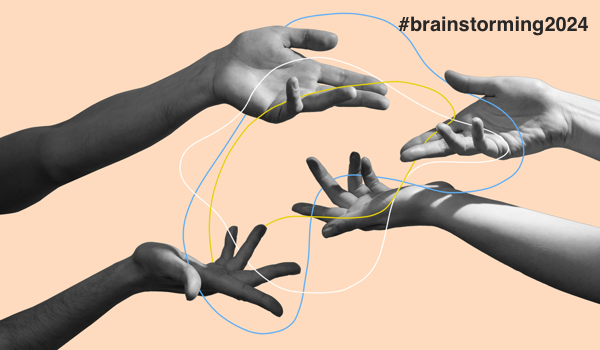


AUSTIN, TEXAS -
Two questions are at the forefront of healthcare today:
1. Does an individual patient have a specific disease, e.g., a specific cancer?
2. What treatment should be prescribed to achieve an optimal outcome for such a patient?
AI predictive models answer the first question, while AI prescriptive models answer the second. While both are important, it is easy to see more value in answering the second one. If one only knows the state of a disease but not how to treat the individual patient effectively, it is just an academic exercise. By knowing what the proper treatment protocols are for specific patients, it then becomes possible to relieve their pain or even cure them. That is why the idea of targeted prescriptive methods is so valuable.
Note: The term ‘individual patient’ is used for a reason. This is because AI models can provide personalized medical diagnoses and treatments based on unique patient characteristics, which is an approach very different from traditional population health methods based on statistics for groups of people. If readers would like to see a discussion of these differences in a future article, please leave a comment.
AI predictive models have different data and mathematical requirements than do AI prescriptive models. This article will examine options for transforming predictive models into prescriptive ones in a later section, but before that it is important to first state some brief requirements for each of these advanced analytics.
Basic assumptions for predictive modeling
1. The correlation or association between what is being predicted (target, dependent variable, predictions) and the predic
The content herein is subject to copyright by The Yuan. All rights reserved. The content of the services is owned or licensed to The Yuan. Such content from The Yuan may be shared and reprinted but must clearly identify The Yuan as its original source. Content from a third-party copyright holder identified in the copyright notice contained in such third party’s content appearing in The Yuan must likewise be clearly labeled as such.
 Continue with Linkedin
Continue with Linkedin
 Continue with Google
Continue with Google











 951 views
951 views






